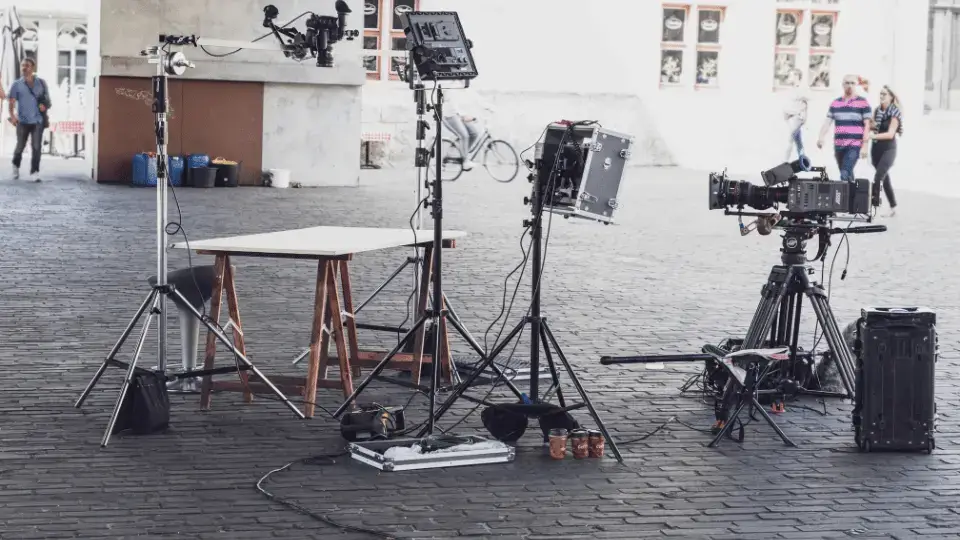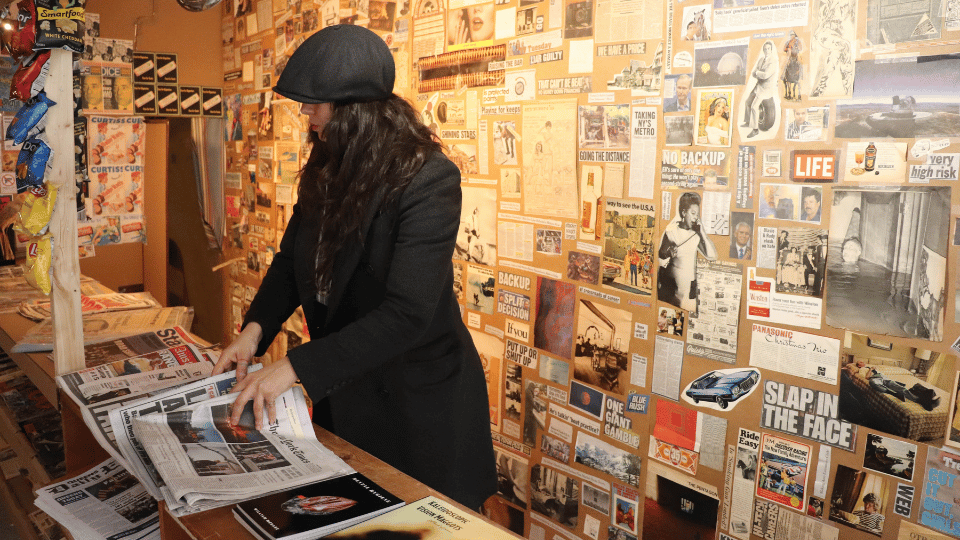Producing the Film Taxi Driver
“Taxi Driver,” a psychological thriller, is a movie that has stood the test of time. Released in 1976 and directed by Martin Scorsese, the film is often considered one of the greatest movies of all time. The success of “Taxi Driver” can be largely attributed to its bold and powerful narrative, compelling performances, and its astute and effective production process. Let’s delve into the process of producing this groundbreaking film.
Concept Development and Scriptwriting
The first step in producing any film is the development of a concept and script. The story of “Taxi Driver” came from screenwriter Paul Schrader, who drew from his personal experiences and societal observations. Schrader’s script was brought to life by Martin Scorsese’s direction and Robert De Niro’s unforgettable portrayal of the lead character, Travis Bickle.
Securing Financing
The production of “Taxi Driver” was backed by Columbia Pictures. Despite the script’s dark tone and controversial themes, producer Michael Phillips and Julia Phillips believed in the project’s potential and persuaded the studio to finance the film. The film was made on a budget of approximately $1.3 million, which, even in 1970s terms, was considered low for a studio film.
Pre-production and Casting
Pre-production involved everything from hiring the film crew, location scouting, to casting. Casting for “Taxi Driver” was particularly notable. The film’s cast, which included Robert De Niro, Jodie Foster, and Cybill Shepherd, played a major part in the film’s success. Their performances, especially De Niro’s, are often singled out as some of the finest in film history.
Production and Filming
Filming “Taxi Driver” was a challenging process. Scorsese’s commitment to realism led to night-time shoots in New York City’s grimier neighborhoods. The production also had to navigate various issues, including shooting on a limited budget, time constraints, and dealing with the city’s unpredictable weather.
Post-production
Post-production for “Taxi Driver” involved editing, sound design, and scoring. The film’s memorable jazz score was created by Bernard Herrmann, known for his work with Alfred Hitchcock. Herrmann’s score, completed just hours before his death, added a haunting backdrop to the film’s intense narrative.
Reception and Impact
“Taxi Driver” premiered at the Cannes Film Festival, where it won the prestigious Palme d’Or. It also received four Academy Award nominations and has since been acknowledged as one of the greatest films of all time. The film’s success is a testament to the creative vision, daring execution, and collaborative effort of its production team.
Key Takeaways
In conclusion, the production of “Taxi Driver” was a meticulous process, marked by passion, creativity, and tenacity. The film’s enduring success showcases the power of cinema and the immense potential that lies within thoughtful and daring filmmaking.
If you are interested in pursuing a career in the film industry, consider taking the NYU Film and TV Industry Essentials online course and certificate program. This program covers the basics of film and TV production and provides students with the skills and knowledge needed to succeed in the industry.








